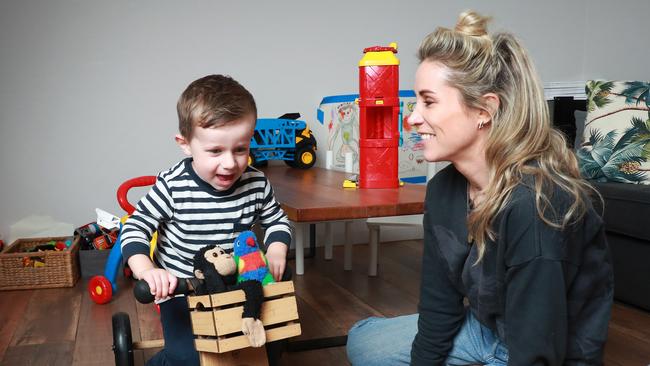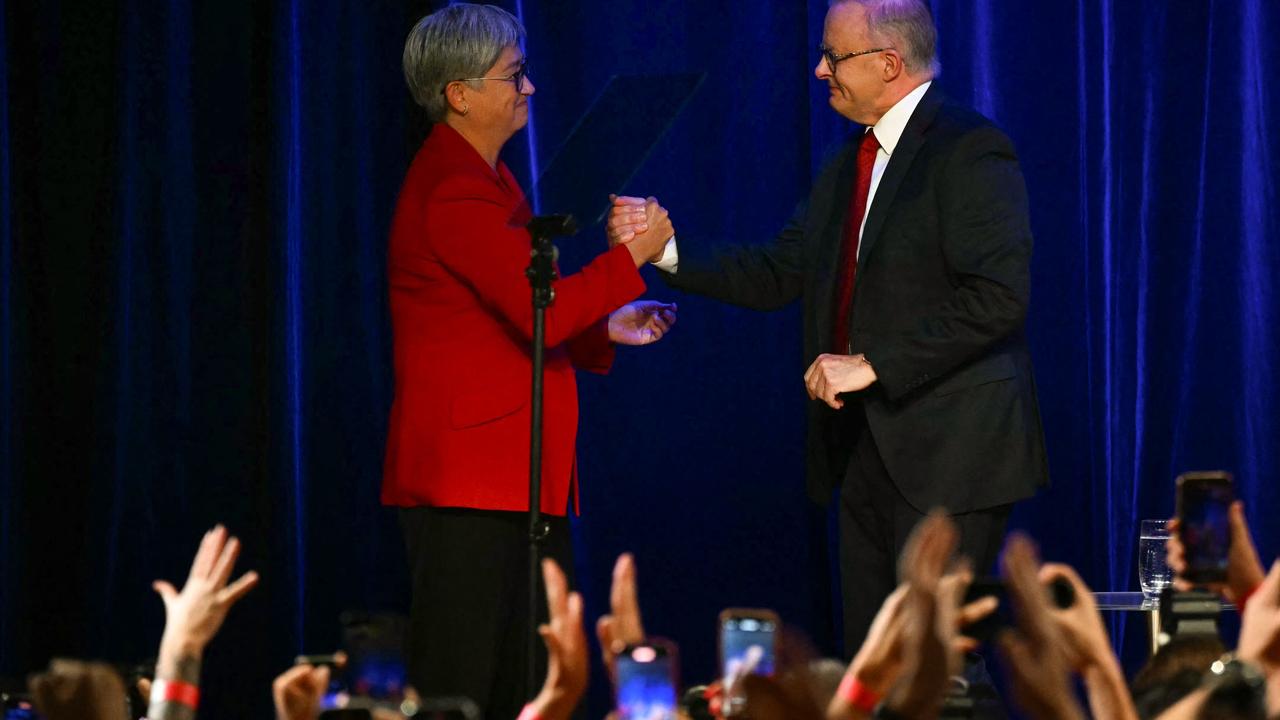Coronavirus: Aid offered as free childcare ends
Free childcare will end on July 12, with Education Minister Dan Tehan declaring support for working parents had ‘done its job’.

Free childcare will end on July 12, with Education Minister Dan Tehan declaring emergency support for working parents had “done its job” as he announced a $708m transition package for service providers.
Mr Tehan said demand for childcare had increased rapidly over recent weeks to reach 74 per cent of pre-pandemic levels. As a result, the government was compelled to “change a system that was designed for when demand was falling, to one where demand is increasing”.
“We put in place a temporary measure which was designed to help the sector when it was on the brink of collapse,” he said. “What we now have to do is design a package which deals with increased demand, and that is what this package does.”
In a signal of the government’s determination to scale back emergency fiscal support where possible, childcare operators will no longer be eligible for the JobKeeper wage subsidy from July 20. Instead, the government will pay service providers a fortnightly transition payment of 25 per cent of their pre-COVID fee revenue.
Conceding this overall payment would likely be “a tiny bit less” than JobKeeper, Mr Tehan said childcare operators would receive the final two payments in advance to help alleviate any cash crunch as providers moved off JobKeeper in July.
The announcement received qualified support from the sector, where centres have struggled to stay afloat through the early stages of the pandemic as they kept doors open even as demand for their services plummeted.
Australian Childcare Alliance vice-president Nesha Hutchinson said service providers had been “shouldering the burden” of keeping centres open through the pandemic. “For industry it is great that (the support) has been adjusted to allow us to remain viable,” Ms Hutchinson said.
But John Cherry, advocacy manager at Goodstart Early Learning, the country’s largest not-for-profit provider, said he would have preferred a transition arrangement through to the middle of next year. “We think our families will face a very difficult year ahead,” Mr Cherry said. “We know a lot of them are going to struggle to maintain care for their children in our centres.”
Operators will need to guarantee employment levels to protect staff who will move off the wage subsidy program, and also cap fees at the pre-COVID level, which will likely present challenges for operators as they struggle to manage through an uncertain period.
In recognition of the thousands of households who have lost income and employment through the COVID-19 crisis, Mr Tehan said eligible families until October 4 would be able to access up to 100 hours of childcare per week, subsidised at the pre-COVID rate, without having to satisfy the activity test based on the number of hours parents need to have worked, studied or volunteered.
Dee Behan, 35, said free childcare gave her the time and space to quickly rethink the business model of her start-up company, Frankly Co, after the pandemic hit.
Her son Max, 2, was able to go to childcare four times a week over the last few months and it meant she could concentrate on growing her business.
“Before COVID we were planning to open a physical space and obviously that all changed as soon as the coronavirus pandemic hit,” Ms Behan said.
“Like so many other people, I was about to take Max out of daycare, but when the free daycare happened it meant I could focus on the business.”
Ms Behan and her sister, Oonagh Geoghegan, who co-founded the company, were “so close” to coming off JobKeeper.
But after the decision to end free childcare she would be faced with reducing her income to be with Max more or reducing Max’s hours at childcare and work more.
Mr Tehan said some parents would pull their kids out once free childcare ended, but relief on the activity test was “one of the key things across the board that the sector put to us that would make a huge difference when it comes to demand”. Labor and parent advocacy groups said moving back to the old subsidy system ignored the reality of a weakened economy.



To join the conversation, please log in. Don't have an account? Register
Join the conversation, you are commenting as Logout